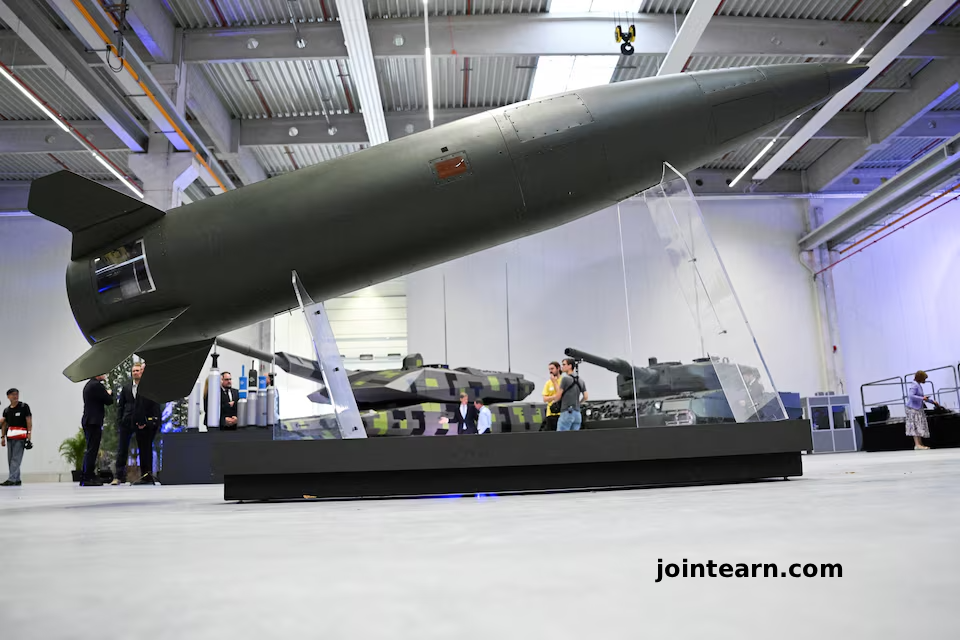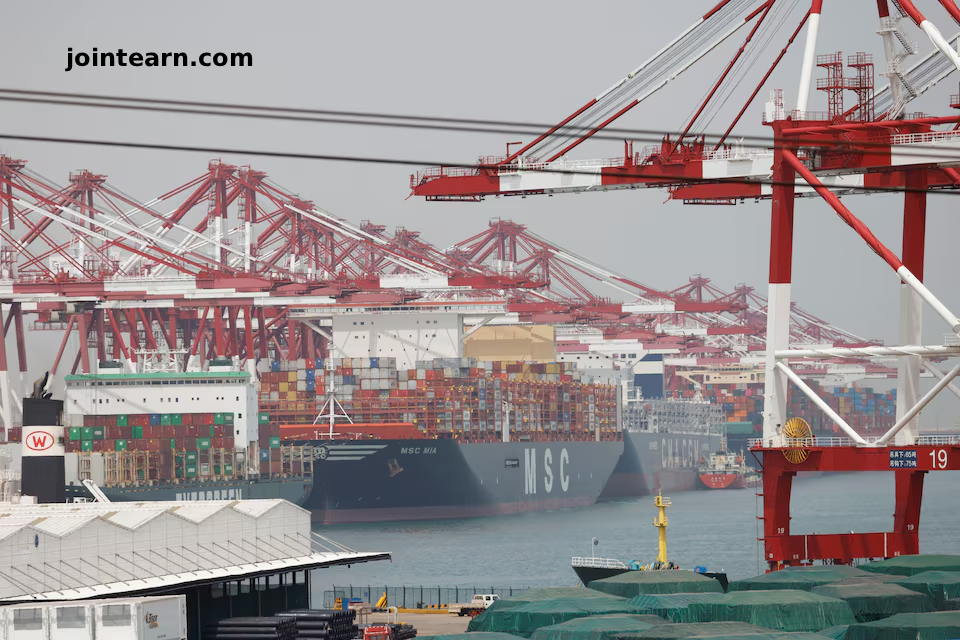
European defence companies faced a sharp decline in their stock prices on Friday as the market reacted to the growing momentum of a U.S.-backed peace plan aimed at ending the ongoing war in Ukraine. The announcement by Ukrainian President Volodymyr Zelenskiy that he is prepared for “honest” negotiations regarding the proposed plan triggered a sell-off in the sector, pausing the robust gains defence stocks had recorded over the past year.
An index tracking major European aerospace and defence companies fell by 3.3% by 10:04 GMT, marking its most significant weekly decline since March 2025. This movement underperformed the broader STOXX 600 index, which dropped 1% during the same period.
Despite this recent dip, the defence index remains up more than 200% compared to pre-war levels, reflecting the surge in demand for military equipment and technology following Russia’s invasion of Ukraine in February 2022.
Details of the U.S.-Backed Peace Plan
The U.S.-backed peace initiative, seen by Reuters, would require Ukraine to relinquish control over the entire Donbas region and significantly downsize its military capabilities. These provisions have been viewed by many European allies as tantamount to capitulation.
A Frankfurt-based trader commented on the market reaction:
“Even if Europe feels blindsided, Trump and Putin will not care. It could be that the peace plan will actually succeed.”
The possibility of a peace agreement, while welcomed by some, has sparked concerns among investors that defence companies could see a slowdown in new contracts, leading to a pullback in stock prices.
Impact on Major European Defence Companies
Several leading European defence firms experienced notable declines in their shares:
- Renk (Germany): Fell nearly 11%, continuing a six-day losing streak.
- Hensoldt (Germany): Dropped around 7%; the company specializes in sensor systems for Eurofighter jets.
- Rheinmetall (Germany): Also declined by 7%, the manufacturer of Leopard 2 tanks and artillery systems.
- Leonardo (Italy): Decreased by roughly 4-5%.
- Saab (Sweden): Fell between 4-5%, impacted by concerns over potential reduced military spending.
- TKMS (Germany): Warship manufacturer saw a 5% drop.
- Indra (Spain): Declined approximately 4%.
Despite the recent downturn, defence stocks have been a driving force behind the STOXX 600 index’s 10% rise this year, supported by expectations of increased government expenditure on regional security and military modernization.
Analysts’ Perspective
JPMorgan analysts noted that the peace plan is unlikely to be acceptable to Ukraine or its European allies. They described the recent sell-off as a “compelling entry point” for investors looking to enter the defence sector.
The analysts further emphasized:
“If the U.S. succeeds in imposing this plan—which we consider unlikely—it would represent a de facto victory for Russia. Paradoxically, this scenario could drive European defence spending even higher and accelerate investment in military capabilities.”
Broader Market Context
The sell-off in European defence stocks coincided with a dip on Wall Street, where the Dow Jones Industrial Average declined by nearly 1% despite positive earnings reports from technology companies like Nvidia.
The unfolding situation highlights the sensitive interplay between geopolitics and defence markets. As the Ukraine conflict continues to shape European security policies, investors remain vigilant, closely monitoring both diplomatic developments and the prospects for government spending on defence.

Leave a Reply